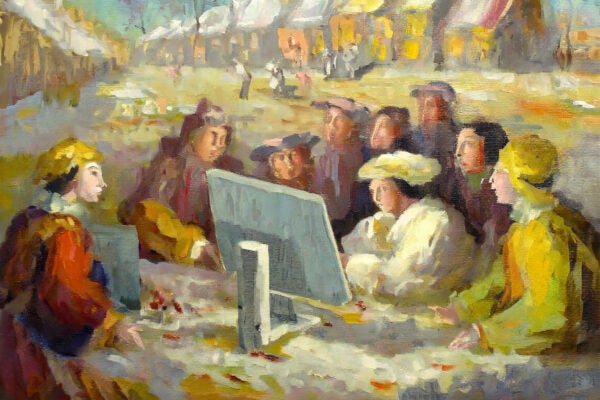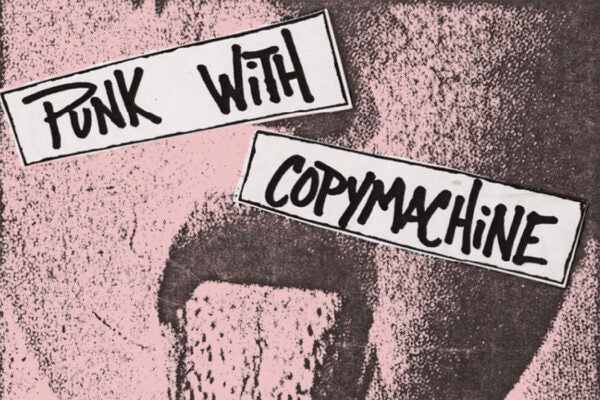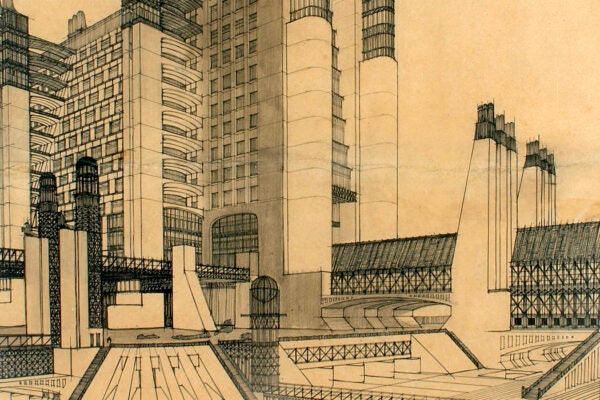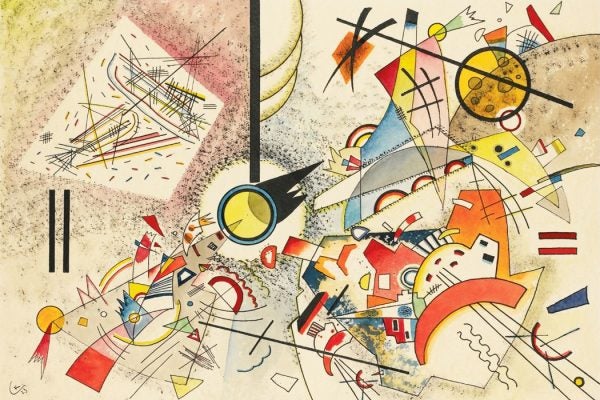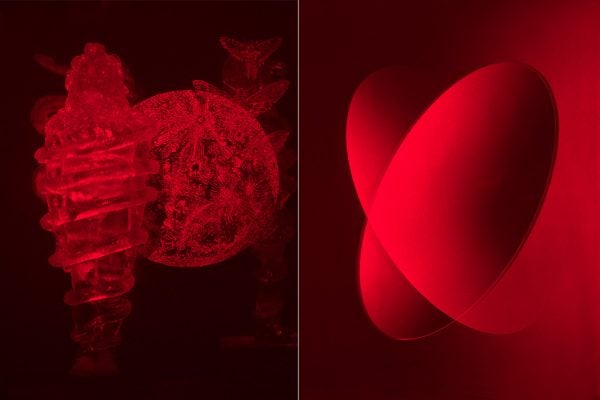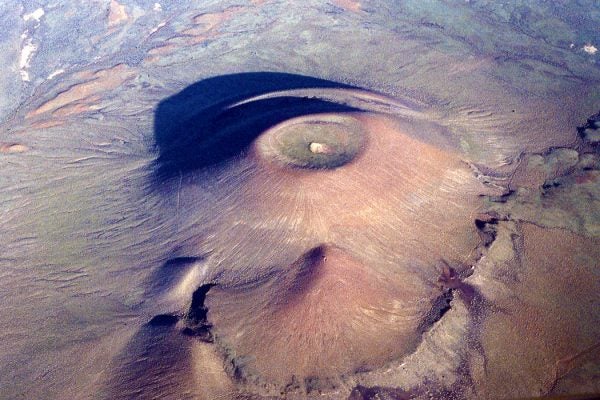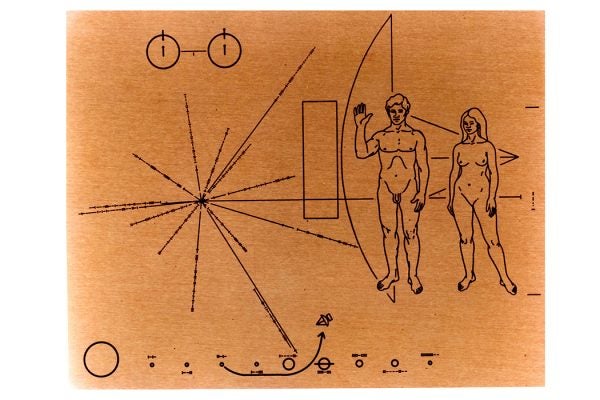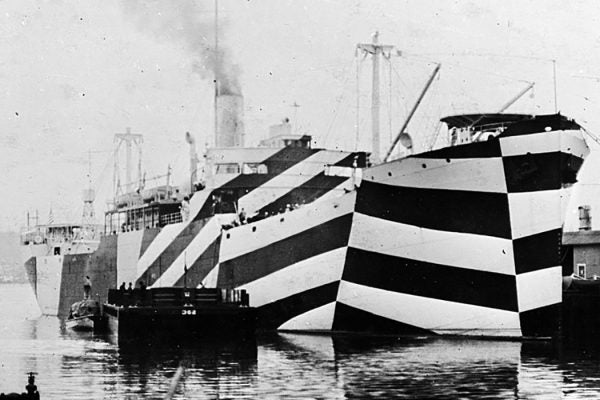AI and the Creative Process: Part Three
The multifaceted nature of creativity subverts the assumption it’s a human endeavor exclusively—meaning we might need to radically re-think the definition of “art.”
AI and the Creative Process: Part One
How does generative artificial intelligence upend conventional understandings of who is and what makes for a true artist?
Xerox and Roll: The Corporate Machine and the Making of Punk
On the 85th anniversary of the first xerographic print, a collection of punk flyers from Cornell University provides an object lesson on (anti-)art in the age of mechanical reproduction.
Exploring the Avant-Garde Architectural Manifesto
More than a century later, the architectural manifesto continues to hold our attention, emphasizing a charged moment when society was breaking with the past.
Elements of Design: Spotlight on Color
Color, like line, shape, texture, and the other elements of art and design, communicates meaning and creates visually compelling experiences. Here's how.
Art Is Good for Your Brain
The field of neuroaesthetics uses neuroscience to understand how art affects our brains, both when we're making it and when we're viewing it.
The Rise and Fall of Hologram Art
Major artists like Roy Lichtenstein and Louise Bourgeois have experimented with holography, but it has yet to be taken seriously as an art form.
A Decades-in-the-Making Artwork in a Dormant Volcano
James Turrell is building an observatory that uses the human eye instead of optical instruments. It may soon be open to the public for the first time.
Art in Space
Artists may soon be heading to the Moon for the first time, but art and space travel have been linked together since the beginning.
The Camouflage That Dazzled
During WWI, artist and British naval officer Norman Wilkinson came up with an idea so crazy it just may have worked: Dazzle Camouflage.

